The mysterious abandonment of Cahokia: The Lost City of Ancient America
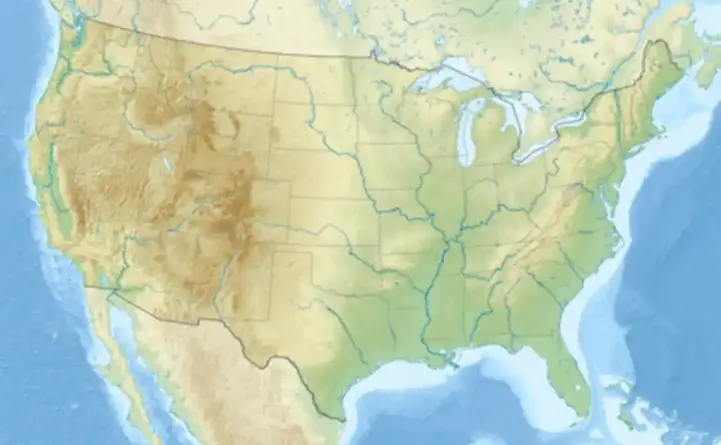
The lost city of Cahokia, once a thriving city near the Mississippi River, is considered one of the most important archaeological sites in North America. This ancient city, now in ruins near present-day St. Louis, Missouri, was the largest and most complex pre-Columbian settlement in northern Mexico. Despite its importance, Cahokia was vaguely abandoned around the thirteenth century. The reasons for its decline have puzzled historians and archaeologists for centuries. This article explores the history, rise, decline, and current state of Kahokia, and delves into the possible factors that once led to the abandonment of this great city.
Show key points
- Cahokia was once the largest and most complex pre-Columbian settlement north of Mexico, located near present-day St. Louis, Missouri.
- At its peak around 1050 AD, Cahokia housed approximately 20,000 inhabitants and served as a central hub for trade, politics, and religion across vast regions.
- The city featured impressive architectural feats like Monks Mound, showcasing advanced understanding of astronomy, urban planning, and social structures.
- ADVERTISEMENT
- Archaeological excavations have revealed over 80 surviving mounds and numerous artifacts that shed light on religious practices, daily life, and governance.
- Cahokia began to decline after 1200 AD due to a combination of environmental issues, resource depletion, internal unrest, and possible external threats.
- By the 14th century, the site was largely abandoned, though the exact causes remain debated among historians and researchers.
- Today, the Cahokia Mounds are preserved as a UNESCO World Heritage Site, continuing to attract scholars and visitors who seek to understand this ancient civilization.
1. Cahokia Location
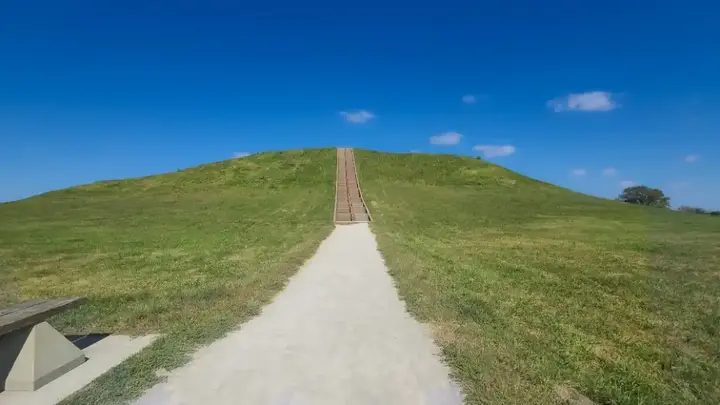
Cahokia is located in what is now southern Illinois, just east of the Mississippi River. The site covers an area of about 6 square miles and is a huge complex of hills, squares and other earthworks. The most famous is Monks Hill, the largest prehistoric earthen structure in the Americas, which stands about 100 feet high. The city was carefully planned, with a central square surrounded by hills, which served as platforms for ceremonial buildings, elite residences and other important structures. Kahokia's planning reflects a sophisticated understanding of urban planning, astronomy, and social organization.
Recommend
2. Remnants of Kahokia
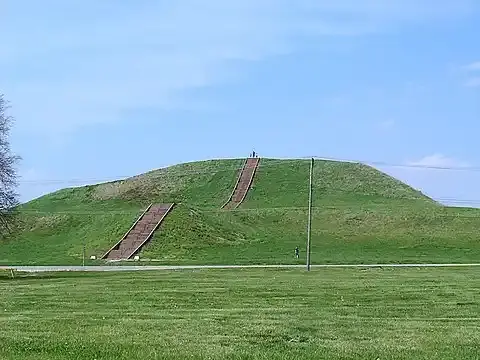
Today's remains of Cahokia offer a glimpse into the grandeur of this ancient city. There are still more than 80 hills, although there were once more than 120. These mounds vary in size and function, with some acting as burial sites, others as platforms for buildings, and others as signs corresponding to celestial events. Archaeological excavations have uncovered many artifacts, including pottery, tools, ornaments, and the remains of wooden structures. These discoveries provide insight into the daily life, religious practices, and social structure of the Cahokia population.
Monks Mound Hill is the largest pre-Columbian earthwork in the Americas and the largest pyramid of northern Central America. Its construction dates back to the period from 900 to 955 AD. It is located in the Cahokia Hills, a UNESCO World Heritage Site near Collinsville, Illinois, and the size of the hill was calculated in 1988.
3. The rise of Kahokia
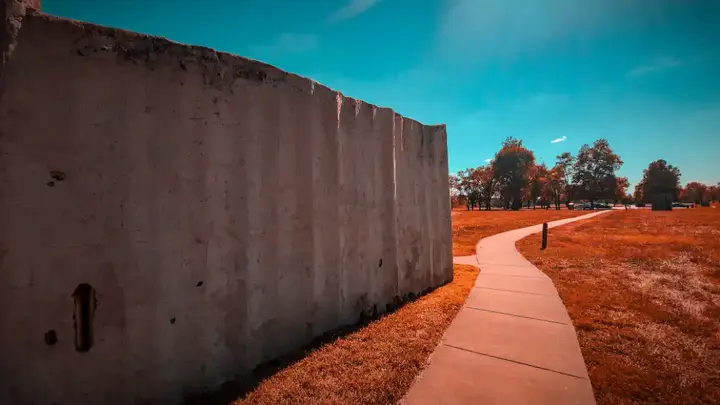
Cahokia's rise to fame began around 1050 AD, during the Mississippi Cultural Period. It became a major center of trade, political power and religious activity in the region. The city's population swelled to an estimated 20,000 people at its peak, making it the largest city in North America at the time. Cahokia's influence extended far beyond its immediate surroundings, with trade networks reaching the Great Lakes, the Gulf of Mexico, and the Appalachian Mountains. The city's prosperity was closely linked to its agricultural productivity, especially corn cultivation that supported a large and complex community.
4. The decline of Kahokia's stature
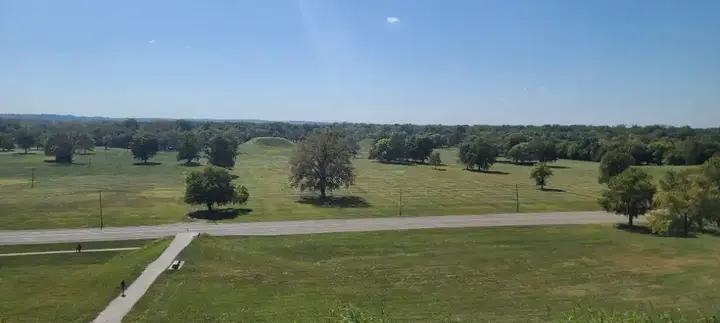
Despite its success, Cahokia began to decline around 1200 AD. The causes of this decline are complex and multifaceted. Environmental factors likely played an important role. Deforestation, soil depletion, and climate change may have undermined the city's agricultural base, leading to food shortages and social unrest. In addition, Kahokia's rapid growth may have strained its resources, leading to internal conflicts and political instability. Evidence of increased fortifications suggests that the city faced external threats, possibly from rival groups or other communities in Mississippi.
5. Abandonment of Kahokia
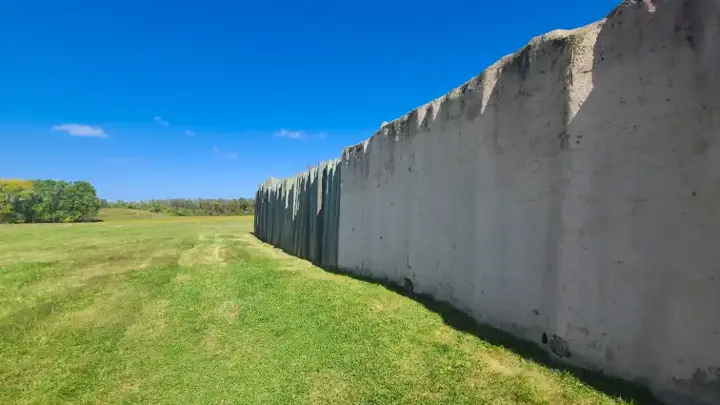
By the fourteenth century, Cahokia had largely been abandoned. The exact reasons for this abandonment remain unclear, but many theories have been put forward. Environmental degradation, resource depletion, and overpopulation may have made the city unsustainable. Social and political factors, such as internal conflict, leadership crises, or shifts in religious practices, may also have contributed to the city's decline. In addition, external pressure from rival groups or changing trade routes may have weakened Kahokia's economic and political power, eventually abandoning it.
6. Kahokia mode today

Today, the Cahokia Mounds State Historic Site is a UNESCO World Heritage Site and is recognized for its historical and cultural significance. The site attracts thousands of visitors every year, who come to explore the hills, visit the interpretive center, and learn about the ancient city that once flourished here. Archaeological research continues in Cahokia, as scientists seek to discover more about its history, culture and reasons for its decline. While much remains to be discovered, Kahokiya serves as a powerful reminder of the complexity and development of ancient American civilizations.
The Mississippi period shows multiple layers of mound construction, hill structures such as temples or mortuaries, ramps with wooden stairs, earlier structures under later layers, multiple terraces, and intrusive burials.
The end
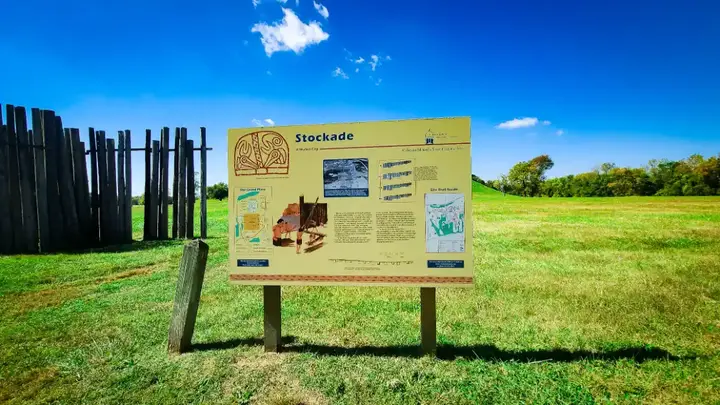
The lost city of Cahokia remains one of the most interesting and mysterious sites in North America. Its rise and fall tell the story of a complex society that has made remarkable achievements in urban planning, agriculture and cultural development, only to be abandoned for reasons that are still not fully understood. As research continues, Kahokia's story may offer valuable lessons about the sustainability of cities and the impact of environmental changes.
![]()
What makes the global demand for Arabic grow?
Arabic is booming globally, reflecting pride, rich culture, and growing global influence. With rising demand in business, media, internet, and diplomacy, Arabic is becoming essential in today’s world, offering vast opportunities for communication, jobs, and cultural exchange. more- ADVERTISEMENT
![]()
The most important technical programs for mobile and computer that are indispensable for everyone
Mobile phones and computers are essential in modern life, and with the right free tools, they can boost your productivity and simplify daily tasks. Apps like Google Chrome, Google Drive, LibreOffice, and VLC Media Player are easy to use and help you stay efficient, secure, and entertained. more- ADVERTISEMENT
![]()
Extracting rocks that originated in Earth's mantle may reveal the secrets of the planet's history
Mantle rocks are like ancient time capsules, revealing secrets of Earth’s deep past. Their unique chemistry and minerals help scientists uncover how the planet formed, how volcanoes and tectonic plates work, and how Earth’s atmosphere and oceans evolved over billions of years. more- ADVERTISEMENT
![]()
5 financial habits to improve your finances better than 99% of people
Pay yourself first, spend less than you earn, and avoid emotional decisions—these simple habits can boost your financial health and set you apart. Small steps like saving 10% of your income and thinking before spending pave the way toward lasting financial stability and a more secure, stress-free future. more- ADVERTISEMENT
![]()
5 things you should remember when you don't believe in yourself
5 Things to Remember When You Don’t Believe in Yourself more- ADVERTISEMENT
![]()
3 inspiring success stories in difficult times
Fred DeLuca’s journey from washing dishes to founding Subway proves that persistence can turn a simple idea into a global empire, while Steve Jobs and Paulo Coelho show how resilience in the face of setbacks can lead to world-changing success and creative brilliance. more- ADVERTISEMENT
![]()
The most important job market skills - how to become a video editor and montage?
Video editing is a highly valued skill, second only to graphic design in freelancing. It demands real passion, strong hardware—especially a powerful computer—and continuous learning. Starting with simple tools like Canva or Filmora helps build solid basics before moving to pro software like Premiere Pro or Final Cut Pro. more- ADVERTISEMENT
![]()
Are electric cars actually making sales? Which countries are leading the way?
Electric vehicles are growing fast, with countries like Norway and China leading the way. Backed by government incentives and better tech, they offer lower costs and cleaner air. While challenges like high production costs remain, EVs are becoming a smart, eco-friendly choice for the future. more- ADVERTISEMENT
![]()
Moving forward still represents progress: trusting the process and taking my own best advice
Moving forward still represents progress: trusting the process and taking my own best advice more- ADVERTISEMENT
![]()
Historic Nizwa Fort... The splendor of construction since the seventeenth century AD
Nizwa, once Oman's capital, is famed for its mighty fort, rich history, and stunning mountain views. Its iconic circular tower, ancient defenses, and vibrant museum make it a top spot for visitors seeking a real taste of Omani heritage and breathtaking panoramas. more- ADVERTISEMENT





















